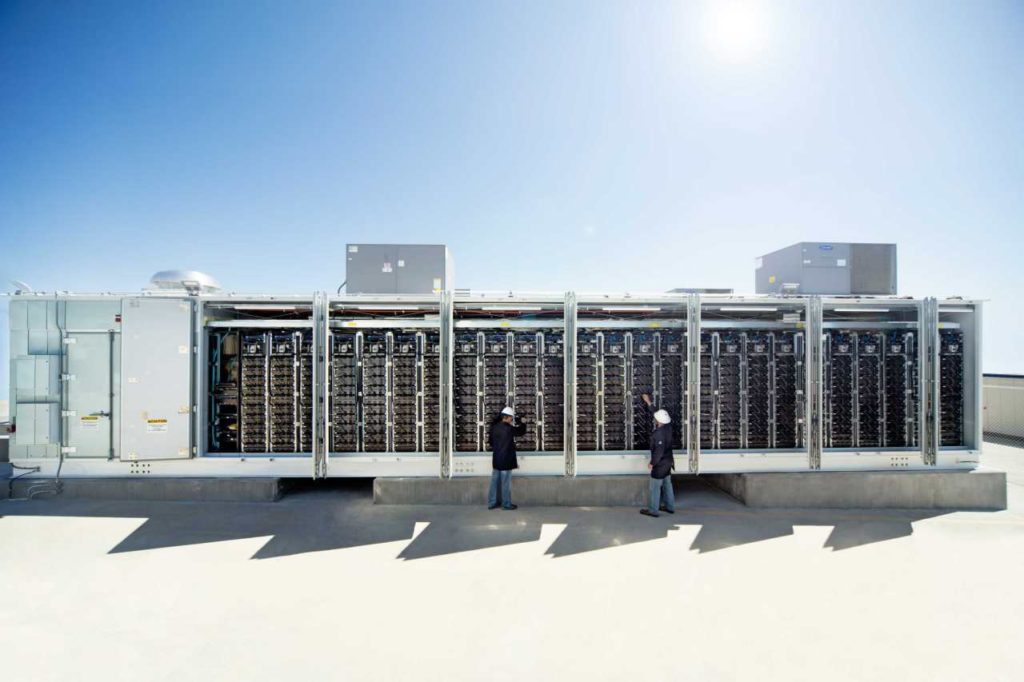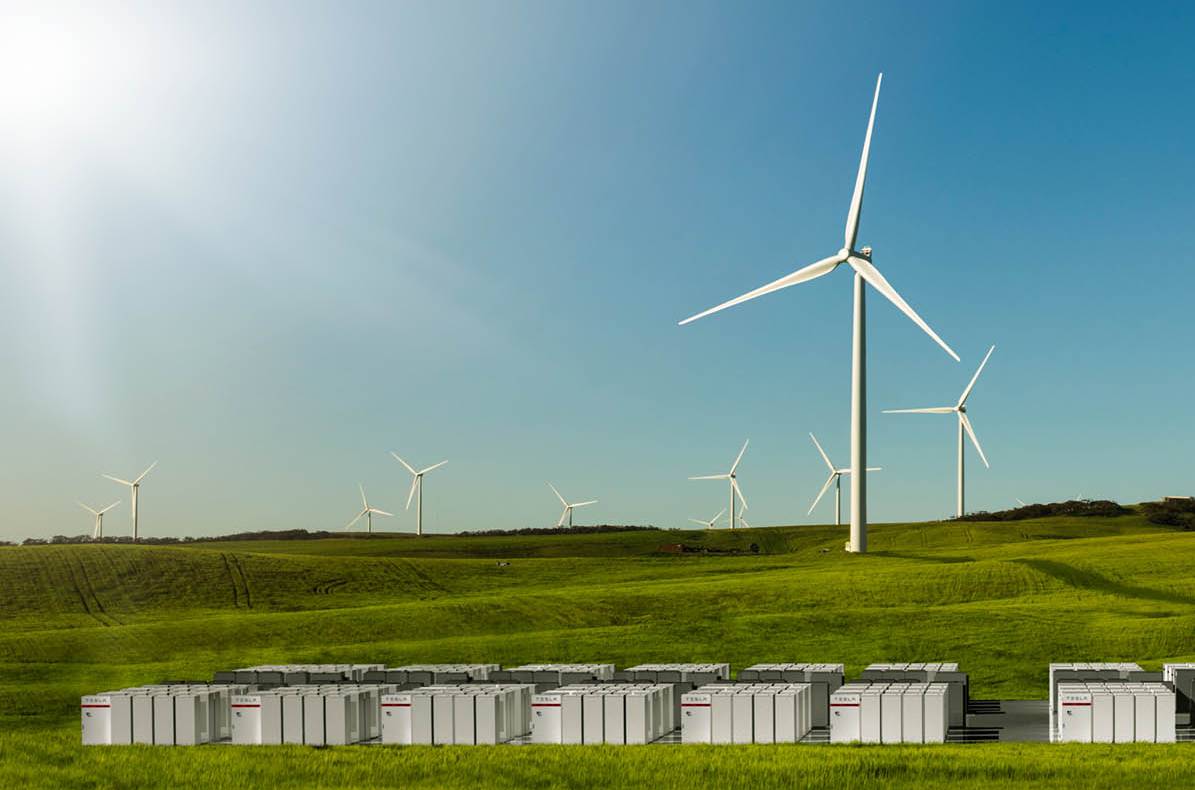The installation of the Tesla battery park in Australia at the time raised great interest due to the enormous impact of using batteries to regulate the grid and its potential to complete intermittent renewable energy. Something that has led to a race for the expansion of this technology where now the German giant Siemens wants to launch what will be the largest parks of this type in the world.
The work will take place in one of the poles of attraction of this technology, Australia, and will be carried out by a joint venture between Siemens of Germany and the North American AES Corporation. They intend to build two colossal backup lithium battery parks at strategic points in the electricity grid, everything to allow better access to wind and solar parks. Facilities expect to have in operation in just 18 months, which means a time that, according to the promoter companies, “much less than having to build new transmission infrastructure to accommodate more renewable energy.”
To solve the bottleneck problem, Siemens will launch virtual transmission lines that would integrate battery storage systems along the electrical grid. Injecting or absorbing energy as needed and regulating frequency and voltage. In a presentation to the Australian Energy Market Operator (AEMO), Siemens plans to install two 250 MWh facilities, which would mean deploying 500 MWh. A figure that we can compare with the 150 MWh of the Tesla plant.
They have also confirmed the work to build a battery plant in California, which will have 400 MWh and is already under construction in Long Beach. They hope to start work this year to help the state in its goal of having with a 100% renewable system by 2045.

According to the company, “The use of batteries would be comparable to the possibility of being able to instantly expand a highway in order to increase its capacity and accommodate extra traffic at specific times. This increase in traffic could come from the production of photovoltaic or wind energy, or a sudden demand by consumers.”
One of the main challenges of battery technology is its price. But according to Bloomberg data, the cost of them has been cut 30% since 2018 and will continue to do so in the coming years. Something that is encouraging the expansion of regulation systems with batteries.
A technology that also allows companies to be able to offer a stable and safe service, even in the most peripheral regions, where the service is often reduced due to weather conditions, damaging companies, and individuals residing in those areas.
Without a doubt, the great beneficiaries of this technology will be renewable energies, which will make the most of it. Thus avoiding both the adverse effects of its reduction in production at specific times and its excess, which may compromise the electricity grid.
Strong arguments that have already motivated the French company Neoen, the company that owns the Tesla battery park in Hornsdale. They are working on its new project where they hope to build a new facility with 600 MWh of capacity in Geelong, Australia.
Thanks to its lower cost, the rapid installation of each park can be ready in a few months. It’s technology is already having a significant impact on traditional backup systems for gas and coal, being able to operate without emissions.

